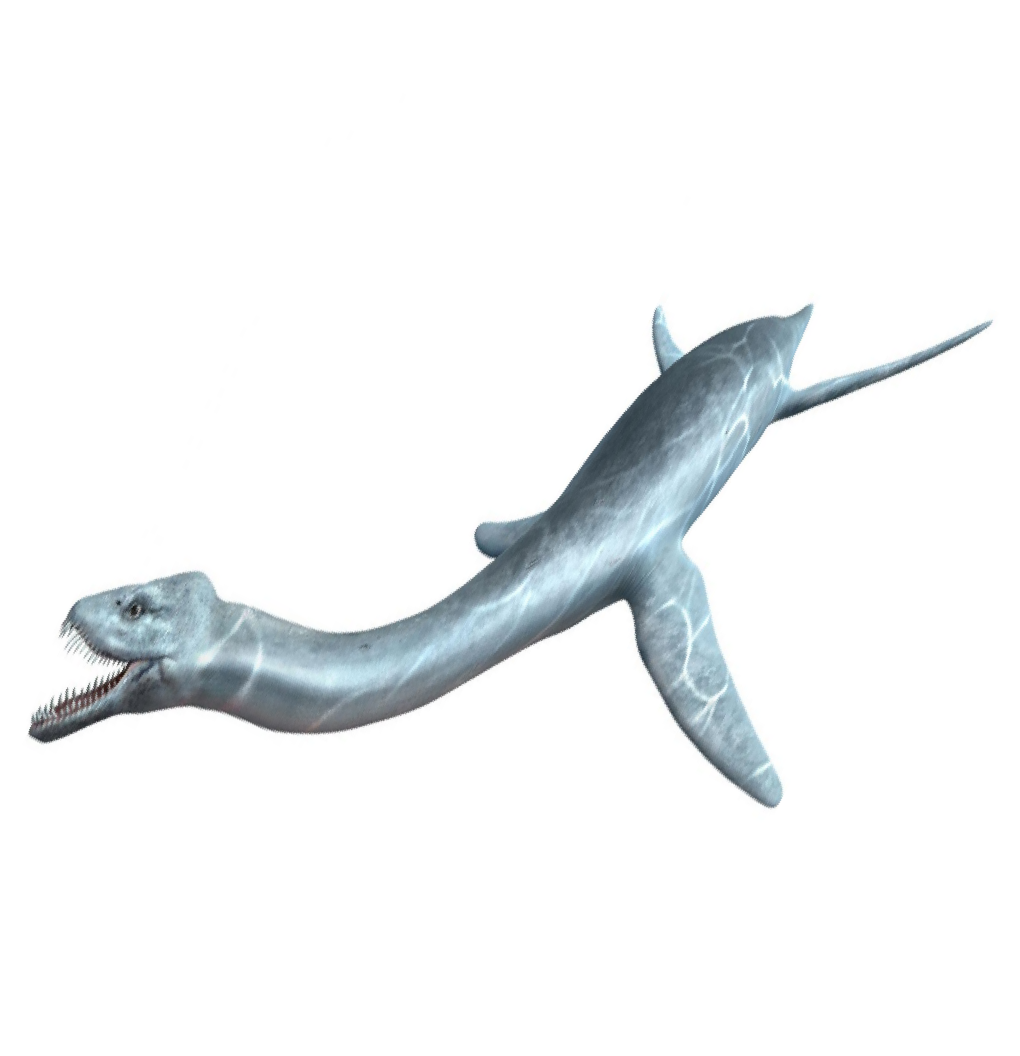History
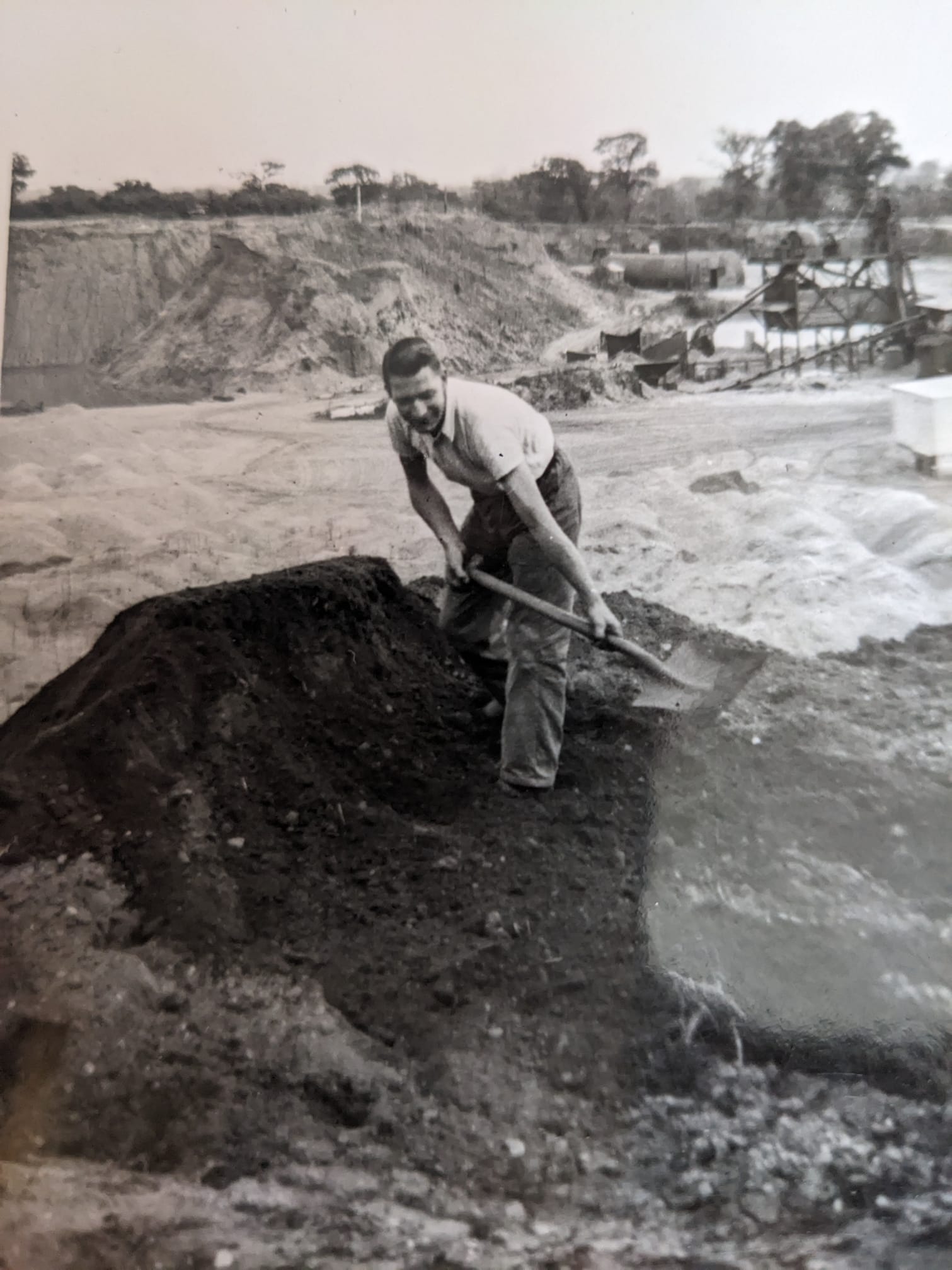
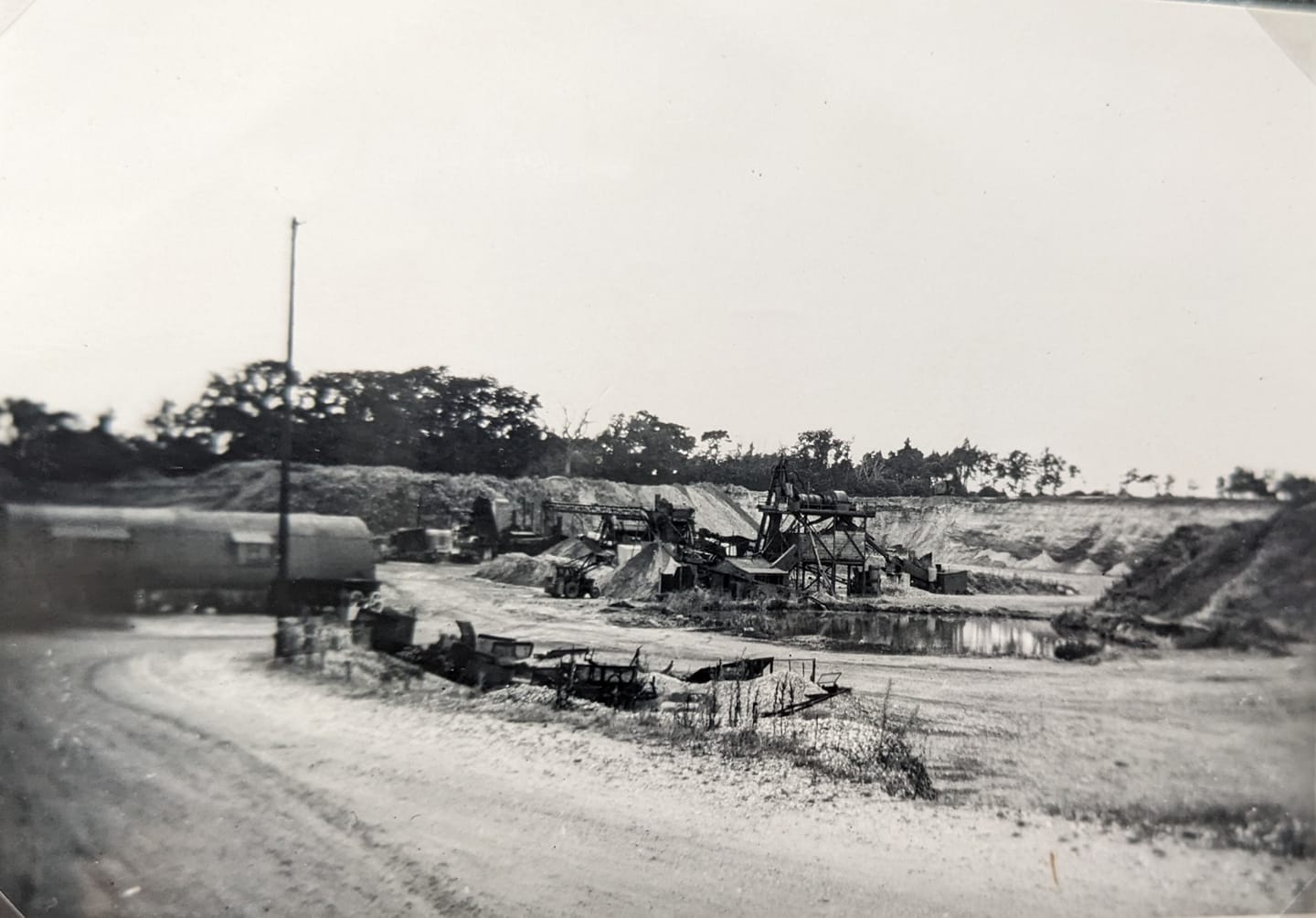
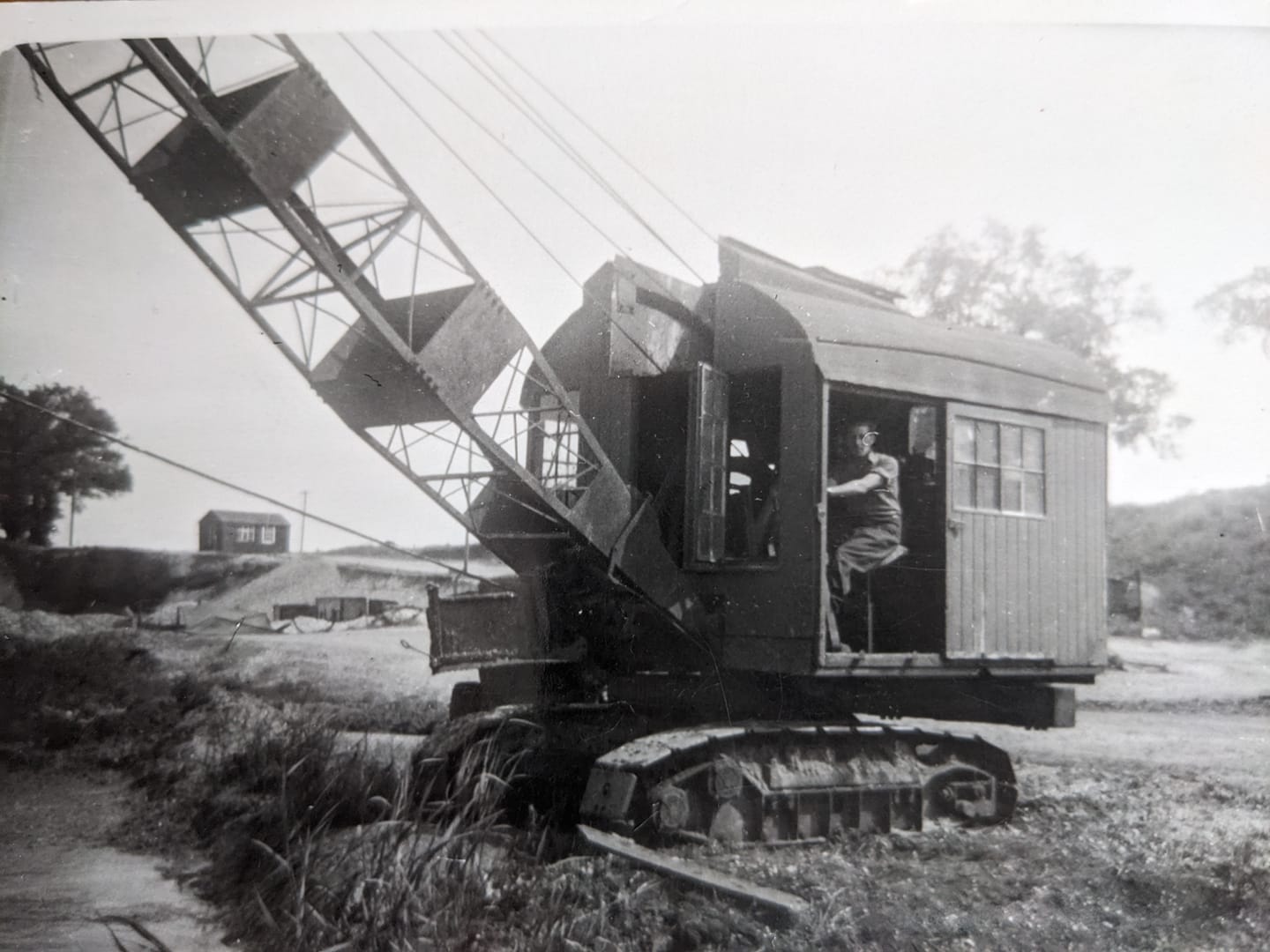

Holton Pits was a thriving quarry - sand and gravel pits.
We are grateful to Nigel Ashfield for providing this account from his father Ivan and sharing the photos of the pits in action in the 1950s & 1960s…
“When Ivan turned 14 in November 1942 he left Halesworth Area School (Edgar Sewter) to work at Holton Pit.
He learned to drive excavators when he worked on dredging Southwold Harbour from a pontoon during the war, and continued as an excavator driver working in Holton pit. He drove both dragline & face shovel excavators as well as dumpers and operated the plant that screened out the sand & different sized gravel.
He found many fossils and artefacts while digging & would inspect the excavated pile as objects would often tumble down the bottom. He kept them until he was visited by the curator from Ipswich museum who explained what he had found and took them back to the museum. On one occasion a fossil was identified as the vertebra from a whale’s back bone."
From 'The Commercial Motor' magazine article - 10 July 1964:

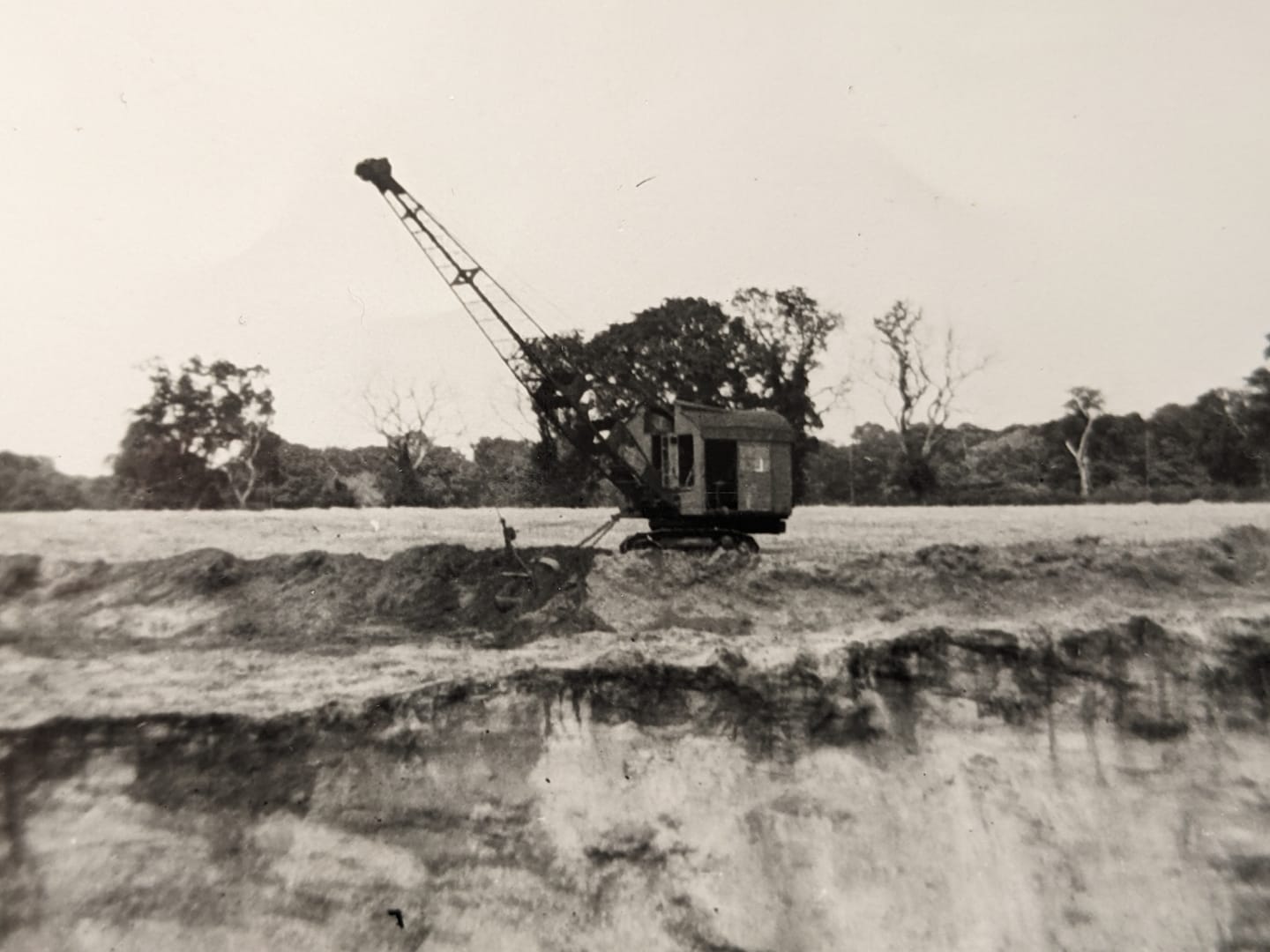
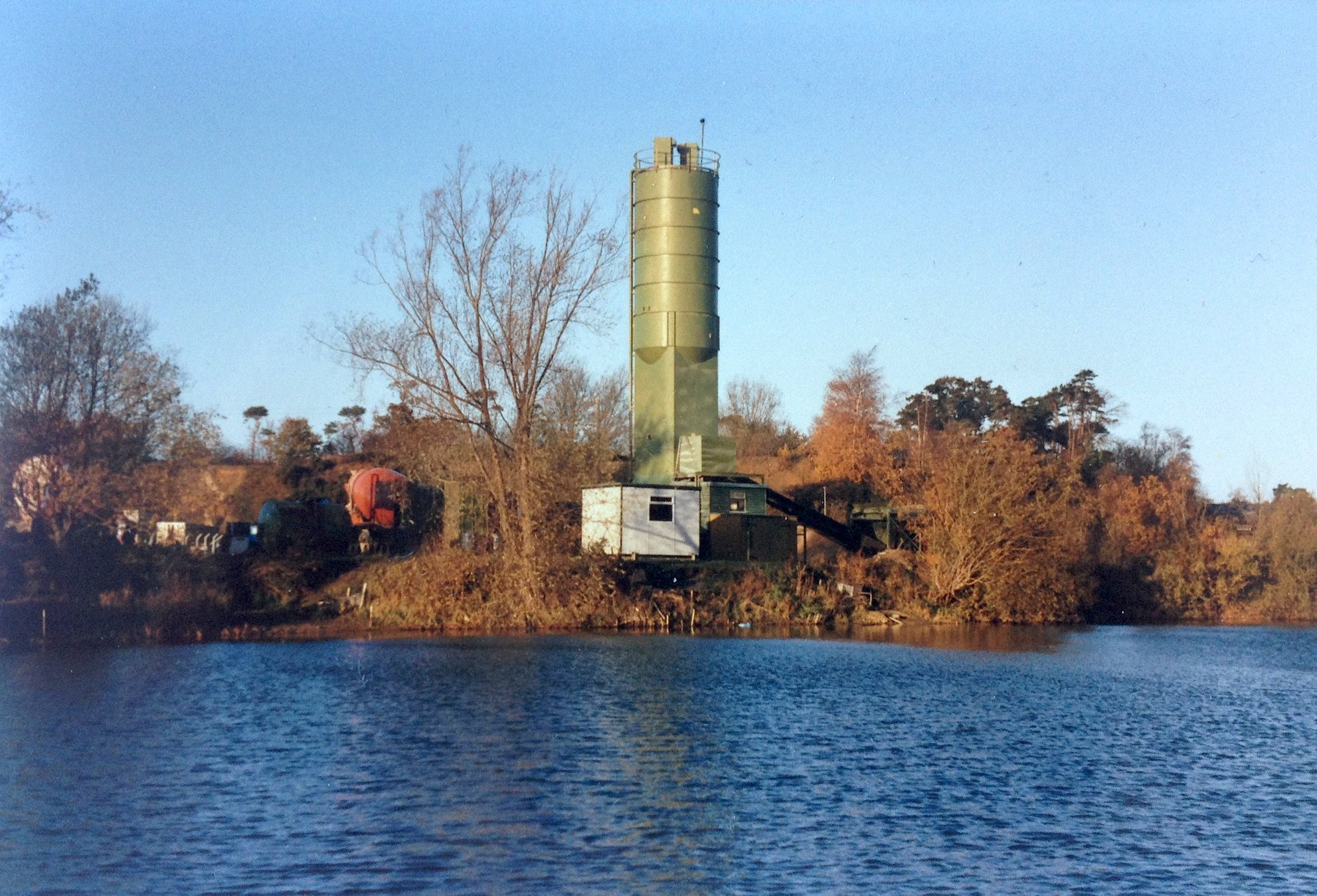
Holton Pits was designated as a Site of Special Scientific Interest (SSSI) in 1988.
The first written account of the recently excavated site was in 1953, then in 1958 the site was visited by the Geologists Association, then again in the 1960s. There are some 50 specimens of fossils and rocks collected from various levels of the site which are lodged in the Ipswich Museum.
Specimens collected from below the water table include large erratics, shale with traces of coal, antler fragments, teeth and bones, shells and wood (pine and oak). The bones included comb-antlered deer, horse, and the southern mammoth (Mammuthus meridionalis) (Spencer 1972).
Ferruginous bones, mainly of mammoth, were also noted from above the water table.

“At Holton, in the Blyth Valley, a limb bone of a Jurassic Plesiosaur in the upper levels of the Norwich Crag Series (Westleton Beds) implies the presence of floating ice which must also have transported the occasional sub-angular blocks of various rocks found there.”
- Geological Guide to Suffolk
